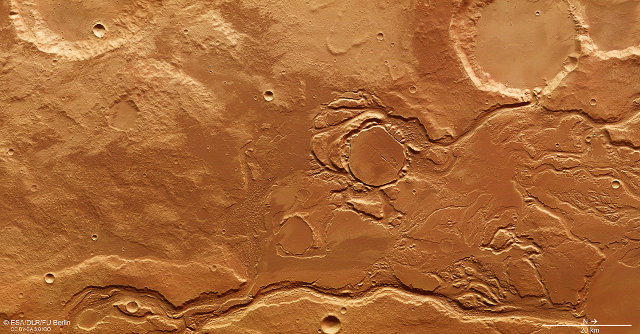
Very ancient dwarf galaxies observed by the Hubble Space Telescope
An international team led by the astronomer Hakim Atek of the Ecole Polytechnique Fédérale de Lausanne, Switzerland, used the Hubble Space Telescope to observe over 250 dwarf galaxies that existed between 600 and 900 million years after the Big Bang. It’s one of the largest samples of dwarf galaxies discovered so far dating back to such a remote era and allows us to look into the universe at a young age providing useful information to understand its evolution.





